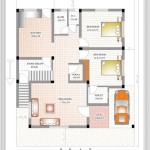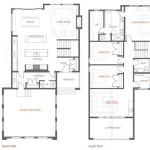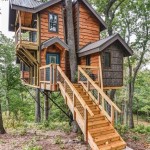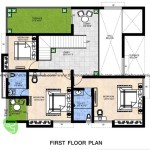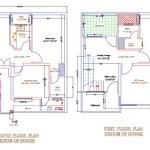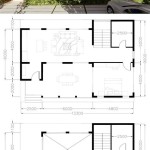Essential Aspects of Cinder Block House Plans
Cinder block houses have gained popularity in recent years due to their affordability, durability, and energy efficiency. When planning to build a cinder block house, it is crucial to consider several essential aspects to ensure a successful and satisfactory outcome.
1. Cinder Block Selection
The quality of the cinder blocks used will significantly impact the durability and longevity of your home. Look for blocks that meet ASTM (American Society for Testing and Materials) standards and are designed for load-bearing applications. Consider factors such as compressive strength, density, and water absorption when selecting blocks.
2. Foundation and Footing
The foundation and footing are the foundation of your home and must be designed to support the weight of the cinder blocks and any additional structures. A properly engineered foundation will prevent movement, cracking, and other potential structural issues. The type of foundation and footing required will depend on soil conditions and building codes.
3. Wall Construction
Cinder block walls can be constructed using various methods, including running bond, stack bond, and staggered bond. Running bond is the most common and involves laying blocks in alternating rows with the joints aligned vertically. Stack bond involves stacking blocks directly on top of each other, while staggered bond offsets the blocks in adjacent rows. The chosen method will affect the overall strength and aesthetics of the walls.
4. Mortar and Grout
Mortar is used to bond the cinder blocks together, while grout fills the gaps between the blocks. The type of mortar and grout used will depend on the specific requirements of the project. Typically, Type S mortar is suitable for exterior applications, while Type N or M mortar is preferred for interior use. Grout can be either sanded or unsanded, with sanded grout providing a smoother finish.
5. Insulation and Ventilation
Insulation is essential for maintaining a comfortable indoor temperature and reducing energy consumption. Cinder block walls can be insulated using various methods, such as spray foam insulation, rigid foam boards, or cellulose insulation. Proper ventilation is also crucial to prevent moisture buildup and ensure good indoor air quality. Vents and fans should be strategically placed throughout the home to allow for air circulation.
6. Roofing and Gutters
The roof and gutters play a vital role in protecting the home from the elements. Choose a roofing material that is compatible with the climate and building codes in your area. Gutters and downspouts should be properly installed to prevent water damage to the walls and foundation. Consider the use of rain barrels to collect rainwater for irrigation purposes.
7. Windows and Doors
Windows and doors provide natural light, ventilation, and access to the home. Choose windows and doors that are energy-efficient and meet building codes. Consider the size, style, and placement of windows and doors to maximize natural lighting and airflow. Proper sealing around windows and doors is crucial to prevent air leaks and improve energy efficiency.
8. Electrical and Plumbing
Electrical and plumbing systems are essential for the functionality and comfort of the home. Ensure that all electrical and plumbing work is performed by qualified professionals. Proper planning and installation will ensure the safe and efficient operation of these systems.
9. Landscaping
Landscaping around a cinder block house can enhance its aesthetic appeal and provide functional benefits. Consider planting trees and shrubs to provide shade, privacy, and windbreaks. Proper drainage systems should be installed to prevent water accumulation around the foundation. A well-maintained lawn and flower beds can add color and charm to the property.
10. Maintenance and Upkeep
Like any other type of home, cinder block houses require regular maintenance and upkeep to maintain their structural integrity and aesthetic appeal. Periodically inspect the walls for cracks or damage, and make repairs as necessary. Clean gutters and downspouts to prevent water damage. Repaint or reseal the exterior of the home as needed to protect it from the elements.
By carefully considering these essential aspects when planning your cinder block house, you can maximize its durability, energy efficiency, and aesthetic appeal. A well-designed and constructed cinder block home will provide comfort, safety, and enjoyment for years to come.

Cool Energy Efficient Concrete House Plans Houseplans Blog Com

Cool Energy Efficient Concrete House Plans Houseplans Blog Com

Cool Energy Efficient Concrete House Plans Houseplans Blog Com

Concrete House Plans Sater Design Collection

Concrete House Plans That Provide Great Value And Protection

Concrete House Plans Icf And Block Modern Home

Concrete Block House Plans Smalltowndjs Com Floor Tiny
Concrete Block Icf Design Home 1 Bdrm Bath 550 Sq Ft Plan 132 1488

Cool Energy Efficient Concrete House Plans Houseplans Blog Com

House Plan 3 Bedrooms 2 Bathrooms Garage 3248 Drummond Plans


